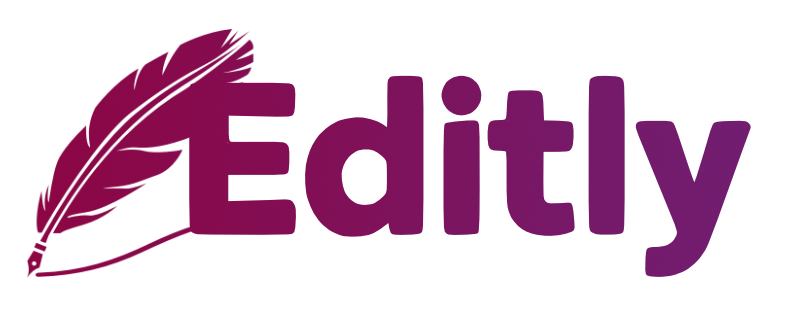What to include in your Elementor website handover package
Delivering a website is not just about wrapping up a project — it’s about setting your client (and yourself) up for long-term peace of mind. If you’re a freelancer or small agency working with Elementor, crafting a solid handover package can make the difference between glowing referrals… and panicked midnight calls.
This article explores what to include in a professional handover kit that adds real value — while protecting your design, your time, and your reputation.
1. A clear login guide (yes, it matters)
Not every client knows what /wp-admin means. Always include a simple PDF or email with login credentials, the correct URL, and links to documentation or video tutorials if applicable.
For extra polish, personalize the login page with a plugin like LoginPress. It’s free, clean, and makes a strong brand impression.
2. Custom user role or Editor account — never Admin
Give your client just the access they need. The Editor role is often sufficient, especially when paired with Admin Menu Editor to hide complex settings they should never touch.
Bonus: You can create a custom role using User Role Editor if needed. But the key is: don’t overexpose them to tools that can break the site.
3. A quick-start editing guide — without Elementor overload
Elementor is powerful, but not always client-friendly. Instead of throwing them into the builder, give them a safe editing environment with a simple workflow.
This is where Editly shines: it lets clients edit all text content on Elementor pages directly from the WordPress dashboard — without touching the layout. One of the best ways to reduce support requests and design accidents.
4. Backup and recovery included
Don’t wait for disaster to strike. Set up automated backups using UpdraftPlus or Duplicator. Then explain to the client what to do (or who to call) if something goes wrong.
Pro freelancers go further by storing a recent full backup offsite (Dropbox, Drive) — and letting clients know it exists.
5. Update strategy: auto or manual?
Many WordPress users ignore updates — until something breaks. Use a plugin like Easy Updates Manager to configure automatic updates for minor core versions and plugins you trust.
In your handover doc, explain your update policy and whether it’s part of a paid care plan.
6. List of plugins used + what they do
Your client doesn’t need to know every hook and filter, but a short, plain-English description of the installed plugins is helpful. For example:
- Elementor – visual page builder
- WPForms – contact form
- Yoast SEO – helps improve search engine visibility
- Editly – safe backend text editing for Elementor pages
This makes it easier for future devs to understand the stack — and for your client to feel ownership over their site.
7. Optional extras that impress
Want to go the extra mile? Include:
- A Loom video walkthrough of the site
- SEO best practices PDF
- One-click staging link (via WP Staging)
- A link to your client support contact form or ticket system
Bonus: Use WPCode to manage custom code snippets and avoid file edits — safer for handovers.
The invisible win: less support, more referrals
A well-documented, client-friendly handover reduces post-launch emails, builds trust, and shows you’re a pro. Clients remember that — and they talk.
By combining best practices (limited roles, backups, clear docs) with tools like Editly, you deliver more than a site — you deliver peace of mind.
